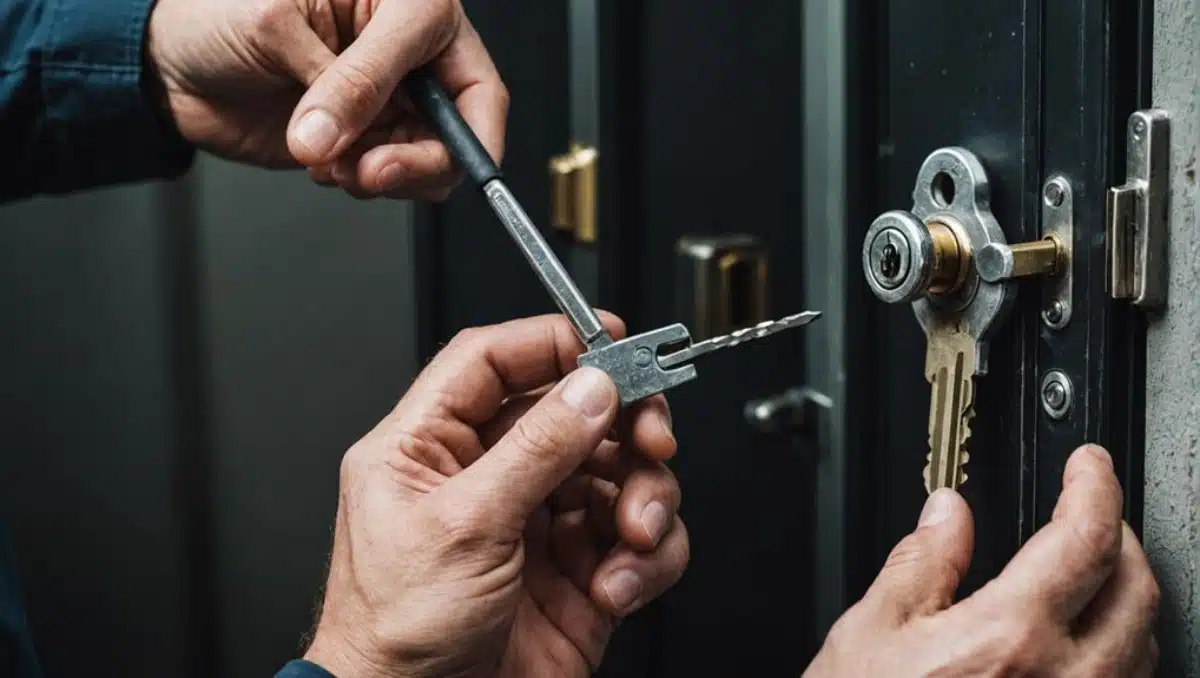Australia is currently facing a shortage of professional driving instructors, a challenge that is impacting learner drivers, registered training organisations, and the broader road safety landscape. As more people seek driver’s licences and as demand for lessons outpaces the supply of qualified instructors, many cities and states, including those in Victoria, are experiencing longer wait times for lessons and driving tests. Understanding the reasons behind this shortage, its effects, and how to enter the profession can help address the gap and ensure safer roads for all.
The Scope of the Shortage
Recent industry insights reveal that Australia is experiencing a nationwide shortage of driving instructors, with the problem particularly pronounced in certain states and cities. A leading driving lesson booking platform reports a 3.2% decline in instructor numbers over the past year, even as demand for driving lessons continues to rise. In some regions, the situation is only expected to worsen as learner numbers grow, but instructor numbers do not keep pace.
Victoria, home to Melbourne, follows this national trend. While the state has comparatively better instructor-per-learner ratios than places like Queensland or South Australia, wait times for lessons have increased, especially for specialty instruction such as manual transmission and female instructors.
What’s Causing the Shortage?
The shortage of driving instructors in Australia is the result of several factors:
- Growing Demand: There has been a surge in learner drivers since the pandemic. More Australians are choosing to drive rather than rely on public transport. In South Australia, for example, learner permit holders rose by 17% over two years, a trend echoed in other states.
- Training Bottlenecks: Not enough Registered Training Organisations (RTOs) are available to deliver the required Certificate IV training. In some areas, only one provider exists, limiting access for would-be instructors, especially outside major metro areas.
- Instructor Retirements and Career Shifts: Some experienced instructors are retiring or leaving the industry, and replacements are not keeping pace with departures.
- Stringent Qualification Requirements: Becoming a driving instructor involves significant training, assessment, and licensing hurdles. The cost and complexity can deter new entrants.
- Gender Imbalance: Women make up just 23% of Australia’s 6,000 instructors, leading to even fewer options for learners who prefer or require a female instructor for cultural or personal reasons.
- Lingering Covid-19 Impacts: Backlogs created by lockdowns and test delays have not fully cleared.
Where Is the Shortage Most Severe?
While the shortage is seen nationwide, Queensland, South Australia, and some regional areas report the most acute gaps, with as few as 8–11 instructors per 100 learners. Even in Victoria, shortages are reported particularly in regional centres, and finding manual driving instructors or female instructors is notably difficult across many areas.
Impact on Learners and Road Safety
The shortfall of instructors is creating a “log jam” for learner drivers seeking lessons and test slots. In some cases, new drivers may have to wait weeks or even months to commence lessons or secure a test appointment, which slows their progress to full licensing and can impact employment and daily mobility.
From a road safety perspective, delays in acquiring professional instruction may reduce the quality of driver education and limit learners’ exposure to proper road safety behaviours before their test.
Opportunities in the Industry
While the shortage poses challenges, it also presents a significant opportunity for new instructors to enter a rewarding and in-demand field. For anyone considering a career change or an additional income stream, teaching learners to drive offers flexibility, the chance to contribute to safer roads, and job security amidst steady demand.
Those interested in responding to the shortage should consider enrolling in a Car Driving Instructor Course delivered by a reputable, accredited provider. Training typically results in a Certificate IV qualification and provides the skills, knowledge, and legal authorisation necessary to work professionally as a driving instructor in Australia.
How to Become a Certified Driving Instructor
To become a driving instructor in Australia, you generally need to:
- Hold a full, unrestricted driver’s licence for several years.
- Complete an accredited Certificate IV in Motor Vehicle Driver Training (such as the TLI41222).
- Undergo police and working-with-children checks.
- Apply for a driving instructor licence with your relevant state authority.
- Pass any additional theory and practical tests required by the state or territory.
Look for training programs that offer flexible delivery, comprehensive student support, and a clear pathway from training to employment.
Why Choose Australian College of Future Education?
If you are based in Melbourne or Victoria and want to take advantage of the current demand for driving instructors, Australian College of Future Education is an ideal choice. As a nationally accredited provider, the College offers modern facilities, supportive student services, and a welcoming learning environment. The Certificate IV Car Driving Instructor Course provides expert-led instruction, practical experience, and guidance every step of the way to help you launch a meaningful and sustainable career in driver education.
Begin your journey with the Australian College of Future Education and become part of the solution to Australia’s driving instructor shortage, equipping the next generation with the confidence and skills to drive safely.



